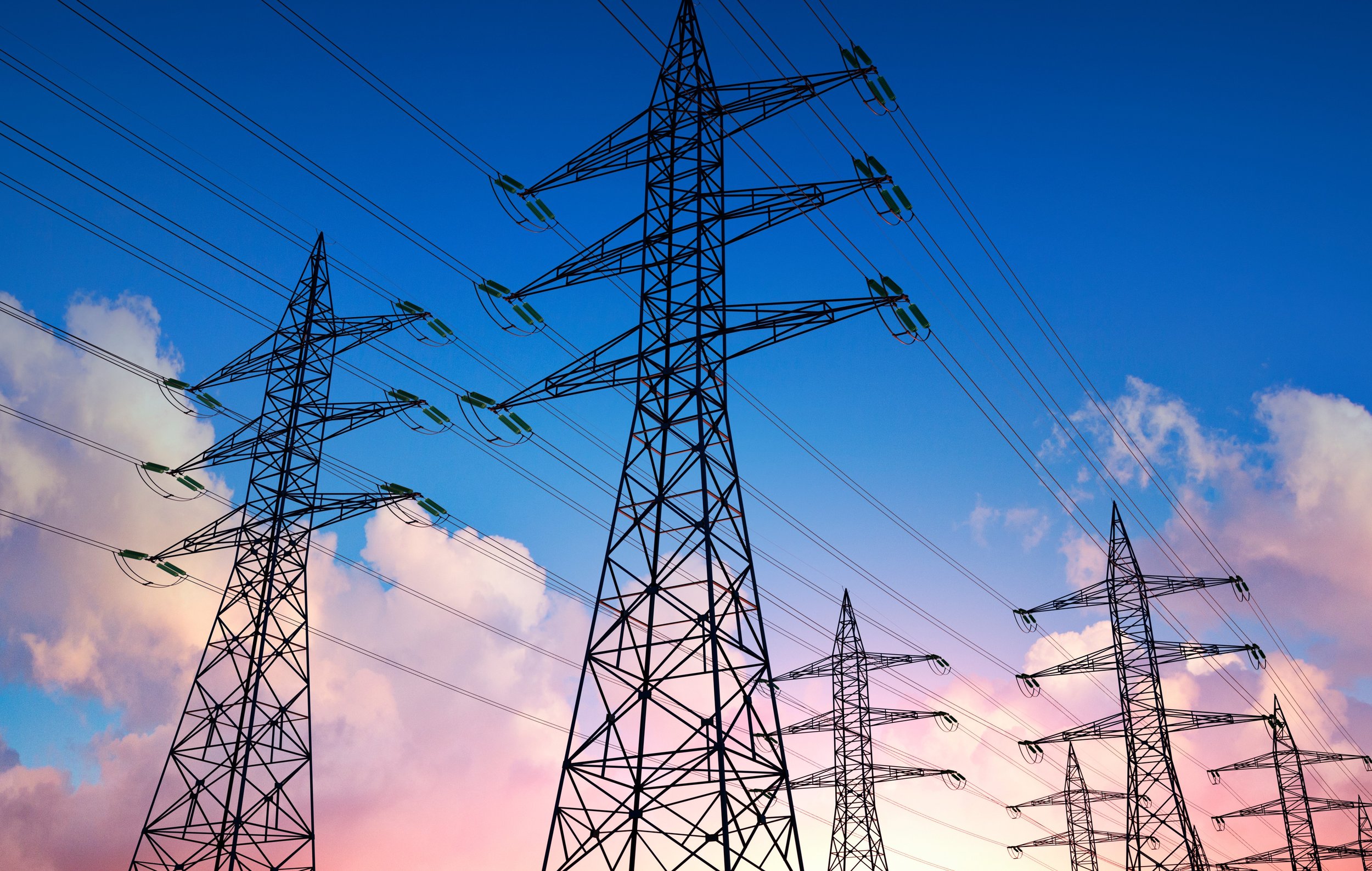
GHG Inventory & Targets
(For a short video presentation on the City's GHG Emissions please click on the video below.)
2020 Community GHG Emissions
The breakdown of the City’s 2020 Greenhouse Gas (GHG) emissions by sector is shown on the right. Community sources include both GHG emissions that the City has direct control over and those that result from community activities, which are directly and indirectly impacted by local government programs, implementation of State mandates, planning, and development decisions. As you can see, transportation accounts for by far the largest proportion of community GHG emissions, followed by natural gas, then more minor sources like solid waste, water delivery, and off-road-equipment. Note that electricity is a small percentage of overall emissions as a result of the City joining the Clean Power Alliance to provide clean power throughout the city.
Historical Community GHG Emissions (2010 – 2020)
10-Year GHG Emissions
Significant strides have been made in reducing community emissions over the past decade even as the City’s population has grown, with 2020 emissions 27.2 percent lower than the 2010 City baseline values. This reduction is largely driven by enrollment in the Clean Power Alliance (CPA), the greening of the electric grid under the State’s Renewable Portfolio Standard, and the increasing vehicle fuel efficiency standards under California’s Advanced Clean Cars Program. The most dramatic reduction in emissions from electricity use resulted from the switch to CPA as the community’s electricity provider. The change occurred in early 2019, with the default option set at 100 percent renewable energy for residents and businesses.
Community GHG Projections
Here you see the same GHG emissions history with GHG projections added through 2045 predicated on the successful implementation of various State legislative policies.
This model accounts for the greening of the electricity grid, a reduction in HFCs and PFCs under SB 1383, and cleaner vehicles as a result of low-emission vehicle regulations in the State. A 36% reduction in GHG emissions over 2010 values is projected by 2030 and a 41% reduction by 2045. These fall short of the targeted reductions of 42% by 2030 and 85% by 2045.
Since electricity emissions reductions have largely been realized, the remaining ways to achieve significant further reductions are to address the other major emission sources ‐ transportation and natural gas use.
Energy Use illustrated by Natural Gas, Electricity Power Lines, and Vehicles
City Council Direction
The State has set targets for GHG emission reductions over 1990 levels of 40% by 2030 and 80% by 2050. In 2018, Governor Brown signed an Executive Order to achieve carbon neutrality by 2045. In early 2021, the Thousand Oaks City Council established preliminary targets that aligned with the State’s and encouraged a plan that exceeds these targets.
As a result of the use of 2010 (rather than 1990) as the City’s baseline year and the passage of AB 1279 in 2022, the City targets, as reflected in the CEAP, have been updated to a 42% emissions reduction by 2030 and 85% reduction by 2045 relative to 2010 emissions.






